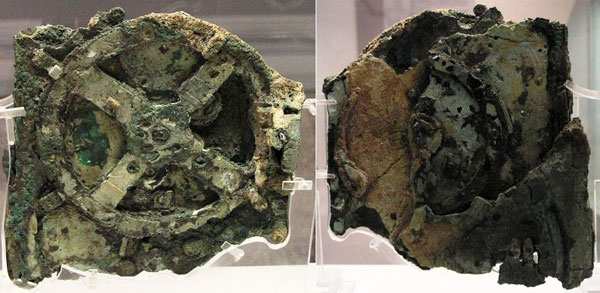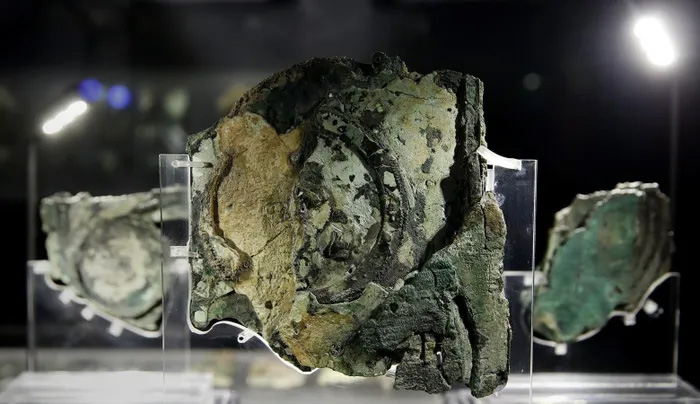Scientists think that this device possesses a very complex structure, which can track the Sun and Moon .
Researchers have determined that this type of calendar is a manual running time measuring instrument. It uses a self-winding system to keep track of the Sun, Moon and even planetary times.
Due to tracking the Moon, it also acts as a calendar to calculate the periods of this moon and the duration of eclipses. It is a very complex piece of technology that makes scientists “rub their heads”.
According to Fox News, the ancient Antikythera Mechanism machine was the world’s first “computer”, recovered from a shipwreck off the coast of Greece in 1901. It demonstrates the level of science. master technique of the ancient Greeks. The Antikythera Mechanism is now kept at the National Archaeological Museum of Athens.
The latest research by James Evans, professor of physics at the University of Puget Sound, USA, and professor Christian Carman at the University of Quilmes, Argentina, shows that the machine appeared around 205 BC, earlier than 50 to 100 years from the previous calculation.

The Antikythera Mechanism was recovered from a shipwreck in the waters off the coast of Greece. (Image: Wikimedia Commons)
This machine looks simple, but the mechanics used in it seem to be far ahead of its time. In fact, they have a more complex structure than any tool discovered in the last 1,000 years.

Part of the Antikythera is on display at a museum in Greece. (Photo: Reuters).
The materials including 30 bronze gears have corroded, making it impossible for scientists to have a complete look. To better sketch the device, experts at University College London used a 3D modeling system to solve the mystery of how it works.
This study revealed that the first computer was a “ingenious invention”. The researchers detailed the device and its operating model in-depth in an article published in the journal Scientific Reports.
Overall, the researchers believe that the device is capable of tracking more than one would expect in that amount of time.
“Solving this 3D model reveals a genius creation, combining Babylonian astronomy, Plato’s mathematics and ancient Greek astronomical theories,” the team wrote in a summary of the report.
These instruments have given scientists a unique and profound insight into the world of antiquity. Recent discoveries such as the undersea temple of Pozzuoli also provide fascinating information about the 1st century BC.
However, research has encountered many difficulties because only a third of the Antikythera Mechanism machine remains intact to this day.
Scientists also question the connection between the machine and Archimedes’ life. He was one of the leading Greek scientists of that time. He died in 212 BC.
